Also extremely confidential...
Unfortunately, I really can't share any information about this project... I hope you understand!
Top secret
In this project, I worked side-by-side with another UX/UI Designer (essential for having two minds exploring alternative paths). However, I took on the main design role, leading decisions, proposing solutions, and bridging the gap between strategic vision and user reality, but always in teamwork with the other Designer.
I was responsible for:
-
Structuring and standardizing the visual language of the websites
-
Creating accessible, responsive, and intuitive interfaces for desktop and mobile
-
Coordinating design with technical teams (frontend and backend) and institutional stakeholders
-
Establishing flows between websites and information hierarchies
-
Translating complex client needs into practical and sustainable decisions
-
Studying the back-end (backoffice) for those who will manage content daily
All of this was within a challenging context:
-
Tight deadlines
-
Stakeholders with diverging interests
-
Old, disorganized websites with low accessibility
-
Extensive, confusing, and poorly distributed content
One of the big challenges was ensuring a coherent architecture across the various websites, respecting the identity and autonomy of each entity without the ecosystem becoming chaotic. This required a lot of behind-the-scenes work, dozens of meetings, and a good dose of group psychology to align interests, structures, and navigation flows.
Here, listening and understanding were everything. Grasping what each group wanted, proposing solutions that didn't compromise the navigation experience, and finding a cross-cutting structure without hurting institutional sensitivities was half the battle.
Difficult. Feedback came slowly, scattered, and often not at all. Using Figma as a feedback tool was a natural step for us, but disruptive for them. Still, we maintained a cadence with weekly meetings and regular sharing, even if the feedback wasn't always technical, but rather political. (Oh, and of course: more carousels.)
The project is still ongoing, but the direction is clear. We've created dozens of wireframes and navigable prototypes with responsiveness, animations, and realistic flows to facilitate approval and implementation. We are implementing a scalable and accessible structure, always putting the user first.
I feel that we've managed to create a coherent, modern, and future-ready ecosystem even with all the challenges involved.
Designing for the public sector really tests your resilience as a designer. There's politics, bureaucracy, long silences, and desires that clash with everything you've learned about good UX and UI practices. But there's also a huge responsibility: these platforms are used by thousands of people every day.
On this project, I had to pull out every tool in my kit: empathy, technical ability, strong communication and presentation skills, diplomacy, a grasp of development, systemic vision, and perhaps most importantly, the healthy stubbornness of someone who doesn't give up on creating good public design.
More than ever, I learned that:
-
A good Design System (even if not 100% complete) can be one of the greatest weapons for consistency and scalability.
-
A good designer doesn't impose their will, but knows when to stand their ground.
-
Accessibility isn't optional; it's a right.
-
And that the best public design isn't the one that shines; it's the one that makes people's lives easier and respects their time.
